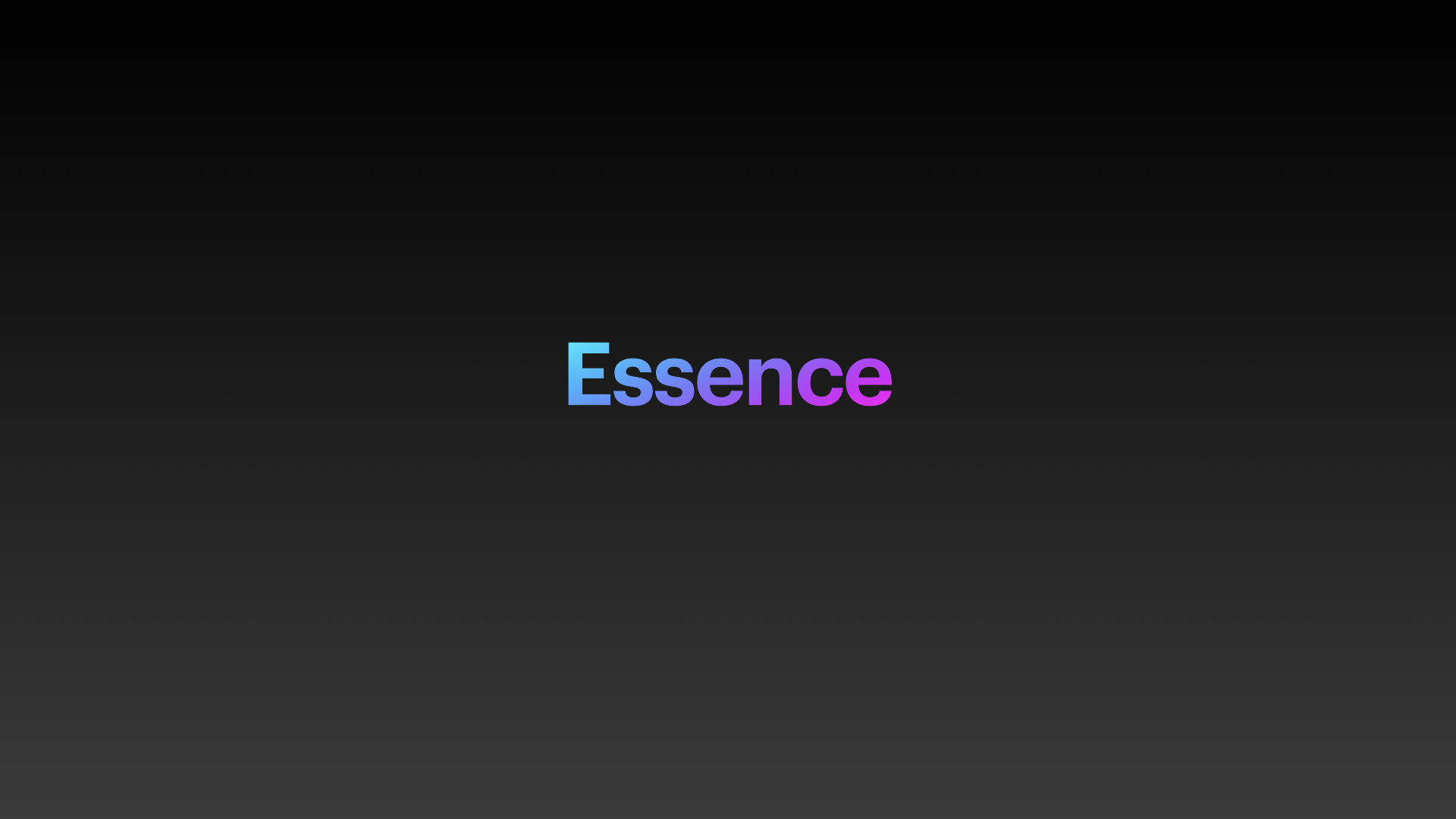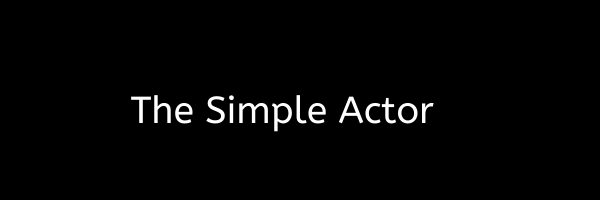Mother’s Day
Night.
There are two sparsely furnished rooms facing the audience. The rooms are separated by steel beams that create the frames for each room. The audience can see all areas of the space. However, the characters on stage are acting in total isolation of the public eye.
The stage left room has an L-shaped couch lining the downstage left wall. The ‘L’ portion of the couch juts into the upstage center portion of the room. Upstage of the couch is a marbled kitchen island that starts on the upstage mid-center beam and enters the center of the room. The kitchen island has a built-in sink. Upstage of the kitchen island sits an oven and kitchen unit. The microwave floats above the oven with ebony colored cabinets on each side. The over sits below the microwave with ebony cabinets on each side. It is a quaint but functional space.
The stage left room looks like a living room however; the room is sparse. A few laminated photocopies of Van Gogh paintings line the walls in random order. A mid-century modern-esque standing lamp with a white lamp shade resides next to the downstage arm of the couch. A small, oak tv unit sits against the center stage mid beam of the room. A matching ottoman sits in front of the couch. No one uses it.
An amazon echo (we’ll call her ‘Alexa’) sits next to the oven on the marble countertop. A Brita filter and almost empty pint glass sits on the kitchen island next to the built-in sink. A circular, dining table with two chairs and a toddler sized high chair are directly upstage of the couch and directly stage left of kitchen. A tiny children’s table sits on the stage left wall between the couch and the kitchen table. Most of the audience will probably not be able to see it. It is a mess and full of life. Paints, crayons, paper, toys, scissors and toddler sized art things surround the table. There is an attempt to organize these items but nothing really is.
The room feels spacious, sort of clean but at once, probably is never cleaner than it is right now. Everything is probably from Ikea. The walls are white except for a few patches with paintings and scribblings. Nothing is fancy.
There is woman sitting on the couch. She sits on the L-shape. A tan blanket drapes her legs. She is reading something. An outdated Microsoft laptop sits to her left. The cord is plugged in behind the couch. The computer is old. Very old. It has a lot of history.
She reads. She stops. She looks towards the kitchen at the clock on the oven. She looks back at her book. She looks at the oven. She looks back at her book. She grabs her notebook lying on the upstage couch arm and scribbles something. The pen was inside. She sets it back down on the couch arm.
She looks at the oven clock. She closes the notebook.
There is another device sitting upstage of her on the couch arm. It is a monitor. There is no plug. For the first few moments, her body has hidden the tiny device. It is a little larger than an iPhone, white, and has a little blue light that stays on the entire time. It is propped up by a small kickstand. She picks up the monitor, clicks a button and the screen begins to glow.
She stares at it for a moment. Breaths. Clicks the button again and sets it down.
She swings her legs to the downstage opening in the couch and sits up. She looks out of the audience and then around the room. Sighs.
Behind the L-shape part of the couch there is a large black bookbag. It is old and stuffed to the brim. It looks like a hiking bag. She grabs her notebook and shoves it in. Zips up the bookbag. Takes the pen and unzips a smaller pocket in the front. She places the pen in. Exhales.
She looks at the clock on the oven. She turns to the computer and unplugs it from the wall. She wraps the cord and picks up the computer.
She enters the stage right room through the steel door frame directly upstage of the tv unit. The room has a simple bed with white linens and blankets and pillows with gray pillowcases. The headboard is gray. The bed is set on the upstage wall and faces the audience. On the far downstage right of the room is an oversized tan chair that faces into the bed on an angle. There is a black notebook and another small book that rests on the downstage floor next to the right arm of the chair.
She enters and places the computer on the floor next to the upstage (left) arm of the chair.
She exits the room and grabs the bookbag. She brings it back into the stage right room and places it next to the notebook and book on the right arm of the chair.
She exits the room again.
She looks around the room. Sighs.
She goes to the couch, picks up the monitor and enters the room with the bed. She walks to the upstage right part of the bed and there sits on tiny white cord plugged into the wall. There are two books sitting next the bed and the cord. They are not important.
She plugs in the monitor and sets it on the ground. She exits the room.
She looks around the living room. Inhales. Exhales pseudo audibly.
She looks at the kitchen. She sighs.
She walks over to the Brita filter and fills up the glass. She places the filter under the sink to fill it up again.
She drinks.
She turns and around and sees Alexa. She walks over an unplugs her. She walks into the bedroom.
She plugs Alexa in directly under the monitor plug. She sets Alexa in the corner where the walls meet. She glows.
She goes out again to get her water. She drinks. She sighs. She looks at the clock on the oven. She walks over to the downstage side of the couch and turns off the standing lamp.
She walks into the bedroom and sits on the stage right side of the bed with her feet on the floor. She puts her water upstage of her unimportant books that she never reads, right next to her bed post.
She sighs.
She reaches under her pillow to find a satin night cap. She puts it on.
She gets under the covers. She lays for a moment. She rolls to the right, reaches to the ground and clicks a button on the monitor. The screen glows.
Lights Out.






